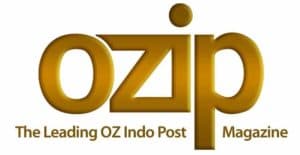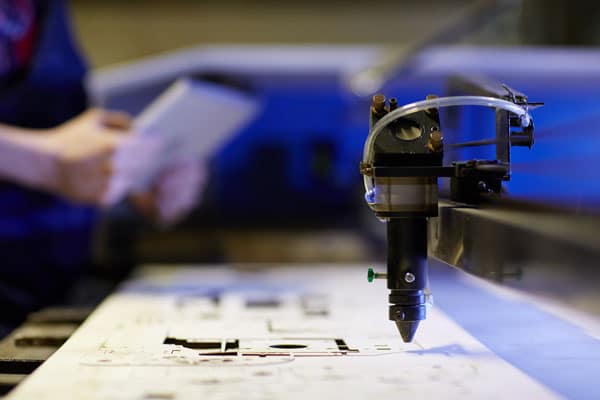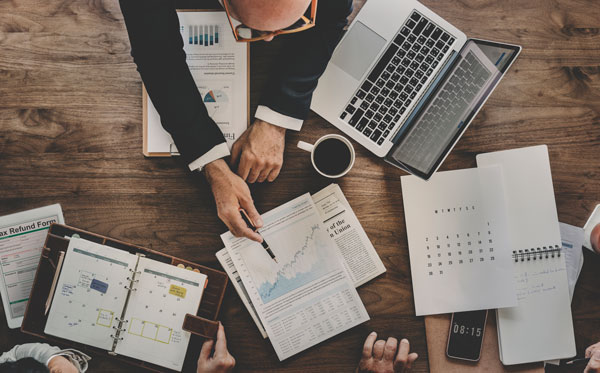Many small business people wonder whether it is better for them to buy or lease capital equipment for their businesses. Your options regarding leasing or buying depend upon the nature of your particular business, but there are nevertheless a few guidelines you can follow to help you decide what you should do.
If you have the money available, and the item is really necessary to your business, then it will usually benefit you to buy the item outright. If there is no way for you to finance it (i.e., you have no money) then you will have to finance the purchase out of your cashflow, which means leasing it.
A caution
Do not buy an item at the risk of not being able to meet your bill payment in the next month. Only use surplus cash—and make sure it really is a surplus, not just temporary cash in your bank account. You should work all this out in terms of your cashflow forecast and your forthcoming liabilities.
If the options are not so clear cut, then you have some thinking to do. Ask these questions:
How often will you use the item?
If the item is only going to be used every now and then, there is no real point in buying one. It will lie around for most of the year unused and is therefore a waste of your resources. So lease or hire the equipment when you require it.
What else could you do with the money?
Could you earn a better rate of return on the capital required for the item if you invested it in your business? Your business might be at a stage where a few thousand ploughed back in as working capital will give you a far better rate of return than tying up the money in equipment.
The effect on net profit
The bottom line is always: how will your decision to buy or lease affect net profit?
Let’s take a simple example, and calculate the net profit results for both options. Suppose you decide the business needs a machine worth $2,000 (we’ll ignore GST). You can either buy the machine outright or lease it (rent).
Option One
If you rent, the machine will cost you around $100 per month, or $1,200 for the year. This can be added to your business expenses.
Option Two
If you buy the machine, the total cost of $2,000 cannot be deducted from the net profit, as it will now be regarded as an asset. Suppose you can depreciate the machine at 33% a year. This means you can claim $660 as an expense for the year ($2,000 x 33%).
Comparative costs
Option One
You have spent $1,200 in cash, and can claim this $1,200 as a business expense. By having $1,200 as expenses, you will pay less tax.
Option Two
You spend $2,000 in cash, and claim $660 as a depreciation expense.
So as a rule of thumb, if you choose to lease equipment, you will make a cash saving in the first year or two, and this is a viable alternative if you do not have the cash (especially for equipment that may cost thousands of dollars, or items that you do not use regularly). However, in long term, it is much better to buy the equipment outright, provided you can safely ride out the initial heavy cash commitment.
High-tech equipment
One additional factor is worth considering, though. When it comes to equipment which is strongly technology based (such as computers or even photocopiers), people often choose to lease, and include terms and conditions in their leases that allow them to update to a new one once it is available.
This way, you avoid being stuck with an outdated equipment that has little resale value or that no longer serves your needs. This is often very much a judgement call that you can only make after speaking to the salesperson concerned.
Disclaimer: The Materials are provided for general information purposes only and are not intended as professional advice and should not be substituted for, or replace, such professional advice.
Contributor: Virda Ersan



















